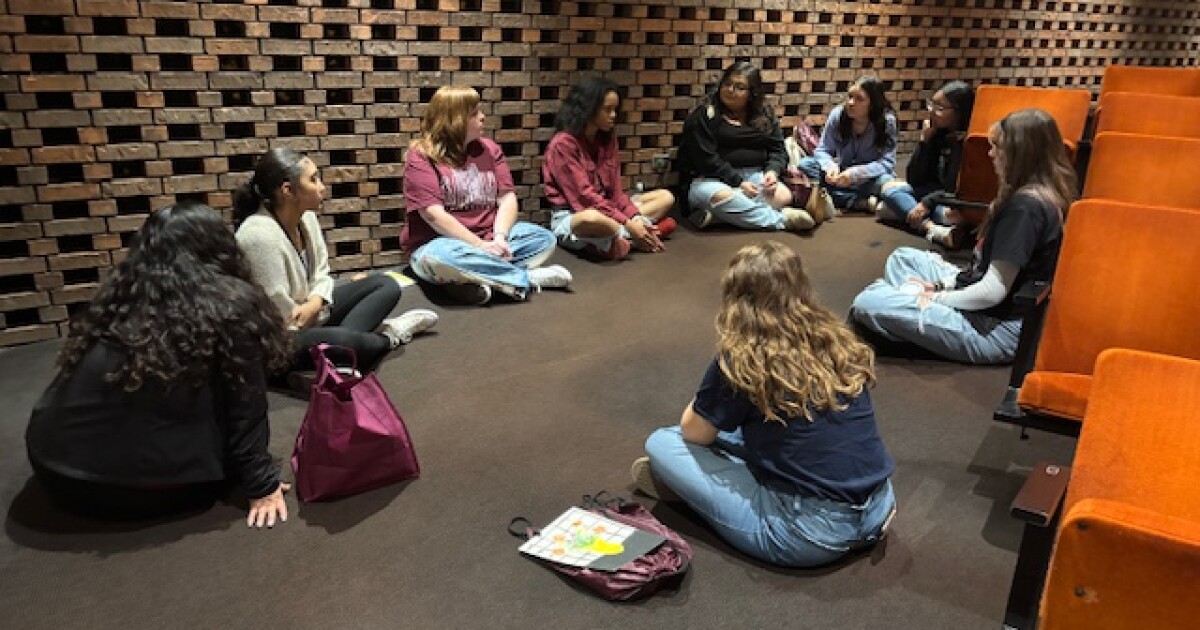Research Initiative on Teacher Home Visits and Educational Equity
Introduction to the Study
A three-year research project, supported by a $525,000 grant from the W.T. Grant Foundation, is being conducted by researchers Paulick and Palacios to investigate the impact of teacher home visits on families. The study will collaborate with elementary schools in Colorado that utilize the family engagement model developed by the national organization, Parent Teacher Home Visits. The primary focus is to understand the long-term implications of these visits from the perspective of the families, a dimension that has not been previously explored in depth.
Alignment with Sustainable Development Goals (SDGs)
SDG 4: Quality Education
This research directly supports the objective of ensuring inclusive and equitable quality education. By fostering a deeper understanding between educators and families, the home visit model aims to create a unified support team for students. This partnership is essential for enhancing the learning environment and improving educational outcomes. The project seeks to refine teaching practices by providing educators with a more holistic view of their students, moving beyond academic performance to include their interests, hobbies, and cultural backgrounds.
SDG 10: Reduced Inequalities
A significant emphasis of the study is on reducing inequalities within the education system. By specifically focusing on the experiences of Latino families, the research aims to ensure that family engagement strategies are culturally sensitive, inclusive, and effective for diverse communities. The findings will help educational institutions tailor their approaches to better serve all students, thereby promoting social inclusion and equitable opportunities.
SDG 17: Partnerships for the Goals
The project exemplifies a multi-stakeholder partnership for sustainable development. It involves a collaboration between academic researchers, a philanthropic foundation (W.T. Grant Foundation), a national non-profit organization (Parent Teacher Home Visits), and local community schools. This cooperative effort is crucial for generating robust data and implementing evidence-based practices on a national scale to achieve educational goals.
Project Objectives and Key Findings
Primary Research Objectives
The central goal is to analyze the family experience of teacher home visits over time. The research will investigate the following key areas:
- To determine if families experience the visits positively.
- To assess whether home visits improve and strengthen connections between families and the school.
- To understand how the positive experiences reported by teachers translate into tangible changes in classroom practice.
- To gather feedback that can be used to refine and improve home visit protocols at both local and national levels.
Preliminary Findings on Educator Perception
Initial evidence indicates that home visits significantly enrich educators’ understanding of their students. Prior to a visit, a teacher’s description of a child is often limited to dispositional traits. Following a single 20-minute visit, teachers are able to articulate a much richer and more comprehensive understanding of the child, including knowledge of their family system, culture, and personal interests.
Expected Outcomes and Broader Impact
Contributions to Educational Practice
The anticipated outcomes of this research are poised to make significant contributions to achieving global education and equality goals. The key contributions include:
- Informing National Policy: The results will provide the Parent Teacher Home Visits organization with critical data to inform its national training models, potentially improving family engagement practices across the country.
- Enhancing Local Implementation: Participating schools will receive direct feedback to tweak and improve their engagement strategies, ensuring they are effective and well-received by the communities they serve.
- Strengthening Support Systems for Students: By investing in meaningful relationships with families, the initiative promotes a unified support team, which is fundamental to student success and aligns with the core principles of SDG 4 (Quality Education).
- Promoting Inclusive Institutions: The research contributes to building stronger, more inclusive educational institutions, a key target of SDG 16 (Peace, Justice and Strong Institutions), by ensuring that family partnership models are equitable and effective for all.
Analysis of Sustainable Development Goals in the Article
1. Which SDGs are addressed or connected to the issues highlighted in the article?
-
SDG 4: Quality Education
- The article focuses on a program of teacher home visits designed to improve the educational experience. It directly addresses the quality of education by enhancing teachers’ understanding of their students. The research mentioned aims to see if these visits create a “unified support team” between families and teachers, ultimately benefiting the student’s learning and development.
-
SDG 10: Reduced Inequalities
- The research project specifically focuses on the experiences of Latino families. By seeking to “demystify the family experience” and understand their comfort levels, the initiative aims to make the educational system more inclusive and responsive to diverse cultural backgrounds. This directly relates to reducing inequalities in educational access and outcomes that can arise from cultural or social disconnects between home and school environments.
2. What specific targets under those SDGs can be identified based on the article’s content?
-
Targets under SDG 4 (Quality Education)
- Target 4.7: “By 2030, ensure that all learners acquire the knowledge and skills needed to promote…appreciation of cultural diversity and of culture’s contribution to sustainable development.” The article highlights that after a visit, teachers describe students with more knowledge of their “family cultures.” This increased cultural understanding and sensitivity directly contributes to this target.
- Target 4.a: “Build and upgrade education facilities that are…inclusive and effective learning environments for all.” The home visits aim to foster a “sense of partnership” and a “unified support team.” This collaborative approach helps create a more inclusive and supportive learning environment that extends beyond the classroom walls, making education more effective for the student.
-
Targets under SDG 10 (Reduced Inequalities)
- Target 10.2: “By 2030, empower and promote the social…inclusion of all, irrespective of…ethnicity, origin…or other status.” The project’s specific focus on Latino families is an effort to ensure their social inclusion within the school community. By examining if the visits “improve connections to the school,” the research is directly exploring ways to enhance the inclusion of a specific ethnic group.
3. Are there any indicators mentioned or implied in the article that can be used to measure progress towards the identified targets?
-
Indicators for SDG 4 Targets
- Change in Teacher Perception: The article provides a clear qualitative indicator. It states that before a visit, a teacher describes a child by disposition, but “Following a visit, they describe their students with more knowledge about their interests, hobbies and family cultures.” This change in the richness of a teacher’s description is a measure of increased understanding.
- Influence on Teaching Practice: The research aims to find out “what is influencing teaching practice for teachers.” Measuring changes in classroom methods and teacher sensitivity following home visits serves as an indicator of the program’s impact on creating a more effective learning environment.
-
Indicators for SDG 10 Targets
- Quality of Family Experience: A primary goal of the research is to “gauge how they [families] are experiencing the home visit.” This will be measured over time to see if the experience is positive and what families “are or aren’t comfortable with,” serving as a direct indicator of inclusivity.
- Strength of Family-School Connection: The researchers will explicitly “examine whether families experience these visits positively and if they improve connections to the school.” The level of improvement in this connection is a key indicator of progress towards greater social inclusion for these families within the educational system.
4. Table of SDGs, Targets, and Indicators
| SDGs | Targets | Indicators |
|---|---|---|
| SDG 4: Quality Education | Target 4.7: Ensure learners acquire skills for appreciation of cultural diversity. | Change in teachers’ descriptions of students to include “interests, hobbies and family cultures.” |
| Target 4.a: Provide inclusive and effective learning environments. | Formation of a “unified support team” and a “sense of partnership” between teachers and families; observed influence on teaching practice. | |
| SDG 10: Reduced Inequalities | Target 10.2: Empower and promote the social inclusion of all. | Measurement of how Latino families are “experiencing the home visit” and whether the visits “improve connections to the school.” |
Source: news.virginia.edu






